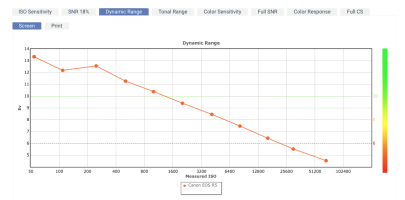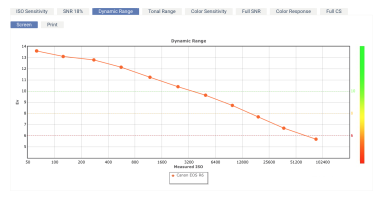nikkito
Argentine Photojournalist
haha yes I did. With my EOS R I was happy to use Adobe Camera Raw but with the R5 I felt DPP was the only choice. I only like to make minimal changes to RAW files and Adobe was proving too finicky to get results I liked. Luckily I only process 20-30 photos per shoot which makes DPP workable.
I do. My Instagram is @Chris.Chapterten how about yourself?
Hey Chris, i followed you already. Pretty cool photos! Lucky dude :-D
mine is @nicolaszonvi
cheers
Upvote
0



